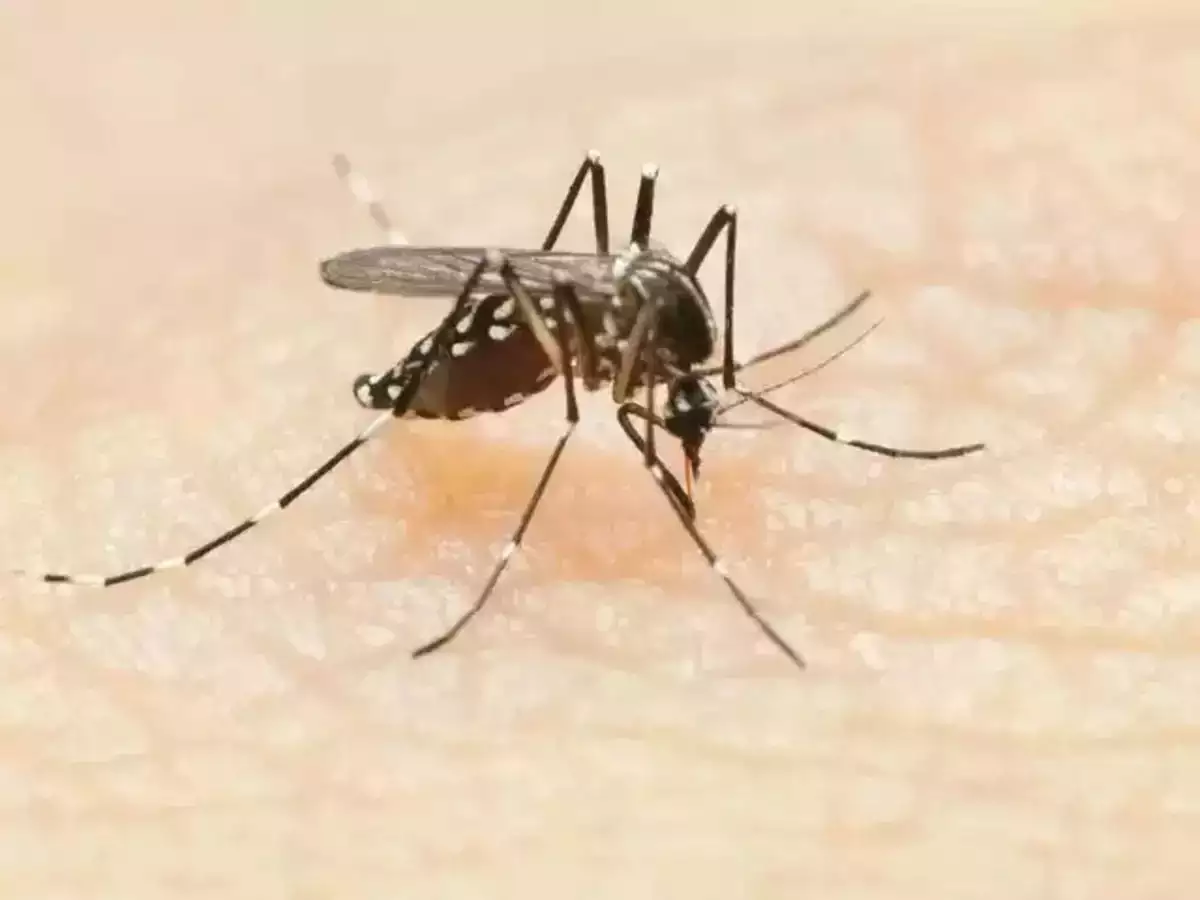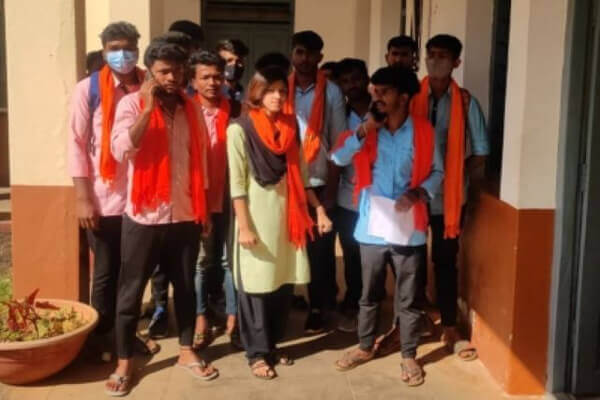The introduction of cheetahs in India — which are extinct for at least 70 years now — will not just manage them as metapopulation, but the Environment Ministry also plans to use cheetah to ultimately restore open spaces and enhance capacity for carbon sequestration as mitigation tool towards climate change.
The ‘Action Plan for Introduction of Cheetah in India’ released on Wednesday mentions in detail the government’s plan of action for cheetah translocation from Africa to Kuno National Park (KNP) in Madhya Pradesh, a project that was first conceived in 2009.
“The primary aim is to establish a free-ranging population of cheetahs in and around KNP in Madhya Pradesh. Further, this population in KNP will be managed as a metapopulation with other two to three established populations of cheetah in India with occasional ‘immigrants’ brought in from Africa, as and when needed,” said the Action Plan document released by Environment Minister Bhupender Yadav.
Among the prominent aims, the first is to establish breeding cheetah population in safe habitats across its historical range and manage them as a metapopulation.
The document goes on to add, “To use the cheetah as a charismatic flagship and umbrella species to garner resources for restoring open forest and savanna systems that will benefit biodiversity and ecosystem services from these ecosystems” and “To enhance India’s capacity to sequester carbon through ecosystem restoration activities in cheetah conservation areas and thereby contribute towards the global climate change mitigation goals” are its two other aims.

The Ministry of Environment, Forest and Climate Change also aims at using the ensuing opportunity for eco-development and eco-tourism to enhance local community livelihoods and to manage any conflict by cheetah or other wildlife with local communities within cheetah conservation areas expediently through compensation, awareness, and management actions to win community support.
About 12-14 cheetahs (8-10 males and 4-6 females) from various parks/reserves/areas that are ideal for establishing a new cheetah population would be imported as required from South Africa/Namibia /other African countries, as a founder stock for five years initially and then as may be required by the programme.
The National Tiger Conservation Authority (NTCA) would provide financial and administrative support to the cheetah introduction programme and a stand-alone budget for Project Cheetah has been earmarked as a part of the ongoing Centrally Sponsored Scheme of Project Tiger (CSS-PT) of the Government of India.
“A long-term (at least 25 years) Cheetah Programme involving financial, technical and administrative commitments need to be guaranteed by the Central and the state governments to adhere to the Action Plan. Cheetah conservation should become a part of the mandate of the NTCA and under the Project Tiger Scheme of funding by the Forest Ministry. Financial commitments should be flexible to accommodate rational changes to a translocation and population establishment plan during implementation and subsequent monitoring,” the document mentioned.
The Action Plan document also mentions criterion for success (of the project) and an exit plan.
“If the introduced cheetahs do not survive or fail to reproduce in five years, the programme needs to be reviewed for alternative strategies or discontinuation,” it said. (IANS)













